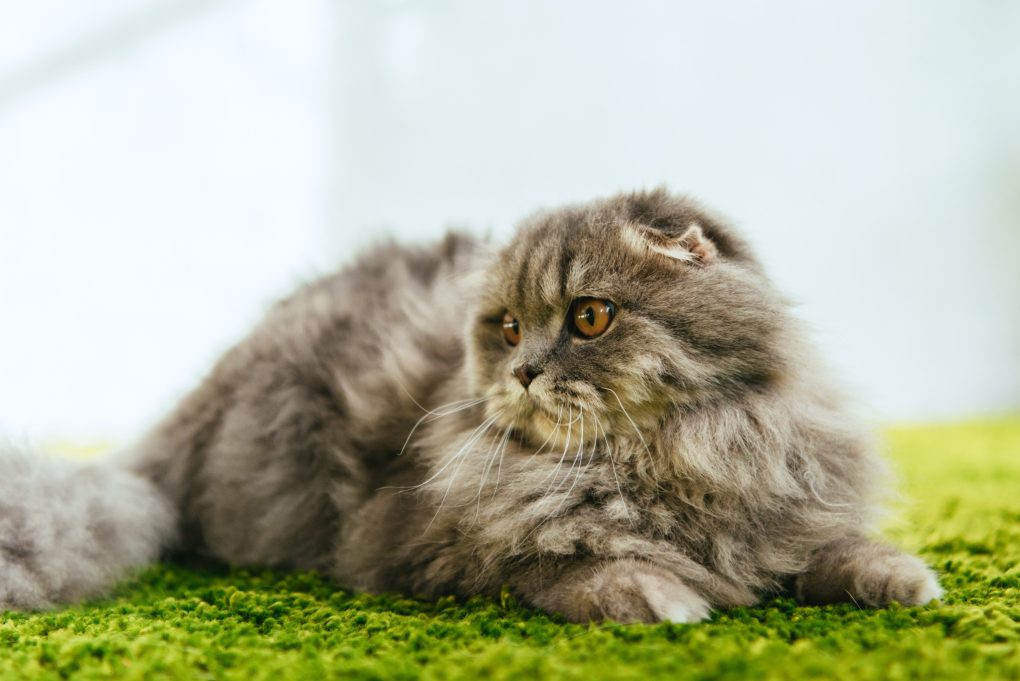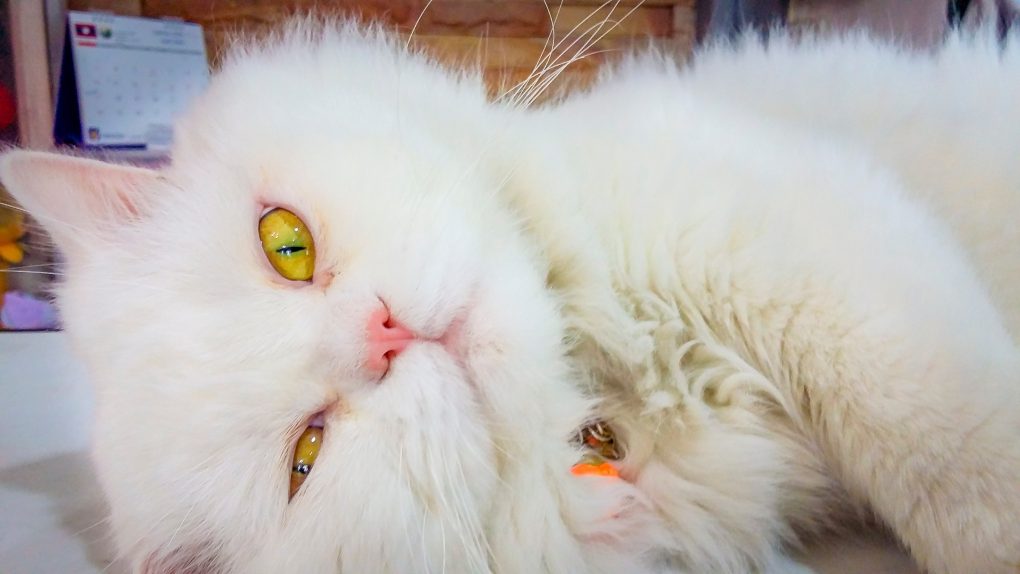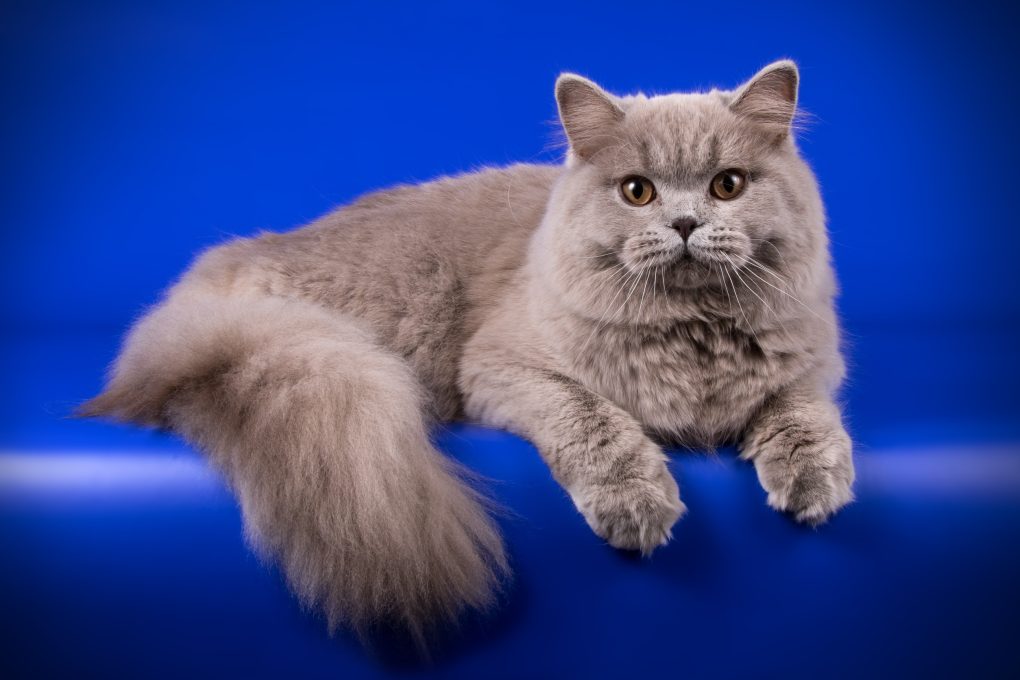Do British Longhair Cats Shed: 5 Tips & Tricks to Reduce Shedding
Yes, British Longhair cats do shed. Like all cats, they have fur that naturally falls out as part of their normal shedding process. However, compared to other cat breeds, British Longhairs may shed less because their coat is thick and dense, which can help prevent loose hair from scattering around the house.


That being said, regular grooming and brushing can help reduce shedding and prevent matting of the fur, which can benefit both the cat and its owner, as it helps remove loose fur from its coat before it can fall out on its own. This can help reduce shedding and prevent hair from accumulating on home surfaces.
Table of Contents
5 Fur Care Tips and Tricks to Reduce Shedding in British Longhair Cats
Identify the Causes of Fur Problems
Excessive shedding can be a symptom of an underlying health issue or environmental factor. By identifying the cause of the shedding, you can address the root of the problem and take steps to reduce shedding and promote your cat’s health.
For example, shedding may be caused by a nutritional deficiency, allergies, stress, or an underlying medical condition. Identifying and addressing these issues can improve your cat’s overall health and reduce shedding.
British Longhair Cats have long fur, which can make them vulnerable to parasites, such as fleas and ticks. Fleas can cause skin irritation and may transmit diseases to your cat. Ticks can cause your cat to develop Lyme disease or other serious health problems. Therefore, it is essential to keep your cat free from parasites and remove any ticks or fleas that you find to keep its fur healthy.
Additionally, addressing fur problems can help prevent matting and tangling of the fur, which can make shedding worse and lead to discomfort and skin irritation for your cat. In addition, regular grooming and monitoring of your cat’s coat can help identify any issues early on, allowing you to take action before shedding becomes a more severe problem.
The Right Cat Food
The right cat food can help reduce fur shedding in a few ways:
- Providing adequate nutrition: A balanced diet with all the necessary nutrients can help keep your cat’s coat healthy and reduce shedding. For example, diets high in protein and omega-3 fatty acids can help keep your cat’s coat shiny and healthy, reducing shedding.
- Addressing underlying health issues: Some cats may shed excessively due to an underlying health issue, such as food allergies or an imbalance in their thyroid hormone levels. The right cat food can help address these issues and reduce shedding.


- Preventing obesity: Overweight cats may be more prone to excessive shedding due to increased difficulty grooming themselves. An appropriately portioned diet and balanced nutrition can help prevent obesity and reduce shedding.
Regular Grooming Is a Must
Regular cat grooming is essential for long-haired cats. Whether your cat doesn’t shed or sheds often, regular care is a must to keep its fur clean and healthy. Regular brushing is the best way to keep your cat’s hair clean and mats-free. If your cat is shedding a lot, you may need to brush it more often or clip its hair shorter.
Grooming can help to distribute the natural oils in your cat’s coat, which can help to keep their skin and fur healthy and moisturized. This can reduce dryness and irritation, which can contribute to excessive shedding. Regular grooming can also help identify any skin issues or infections contributing to shedding, allowing you to take action before the problem becomes more serious.
Many different types of cat grooming products are available to help you maintain your cat’s coat. Choose from dry kitten grooming kits, hairball treatments, and special grooming tools for long-haired cats. An excellent way to keep your cat’s fur clean and free of mats is to use a shampoo specifically designed for cats.
Regular grooming can also be a bonding experience between you and your cat. It allows you to spend quality time with your pet and show them affection and care.
Get Cats Used to the Brush – The Earlier, the Better
It can be frustrating when your cat doesn’t want to be brushed. Cats may not like the feeling of brushing against their fur, and getting them used to the process can be difficult. For example, suppose a cat is not accustomed to being brushed. In that case, it may become anxious or agitated during the grooming process, making removing loose fur and increasing the amount of shedding more challenging.


However, brushing cats regularly is essential for their health and well-being. It helps reduce hair cat shedding and prevent accidents while making cats more comfortable.
The best way to get cats used to being brushed is by starting early and gradually increasing the frequency over time. By getting your cat accustomed to being brushed, you can help to reduce its stress and make the grooming process more comfortable and practical.
This can be done by starting with short grooming sessions and gradually increasing the time spent brushing as your cat becomes more comfortable. Positive reinforcement, such as treats or praise, can also help make the grooming process more enjoyable for your cat.
When brushing long-haired cats, it’s important to remember to brush from the top down and avoid brushing against their coat. This will help reduce potential damage and ensure you only remove hair from the cat’s surface and not from underneath.
Cats may need some time to warm up to grooming routines, so it’s best to start brushing them when they are young. If they don’t like being groomed, other methods, such as dry hairball removal systems, can help remove fur without causing pain or injury to your cat.
Bath Your Cat Only When Unavoidable
Cats are naturally clean animals and do not need baths as often as dogs do. However, there are certain occasions when a bath is necessary. Cats can get matted with long hair if they sweat and over-groom. This can lead to hairballs, severe grooming damage, or skin issues. When cats get into a mess, bathing is the best way to remove the hair and clean their coat.
Baths can be taken at home or a pet salon. Take care when bathing your cat, so you don’t accidentally harm their skin. Always ensure your cat is well-hydrated before bathing them and wait until their fur is completely dry before putting them back into clothes.
